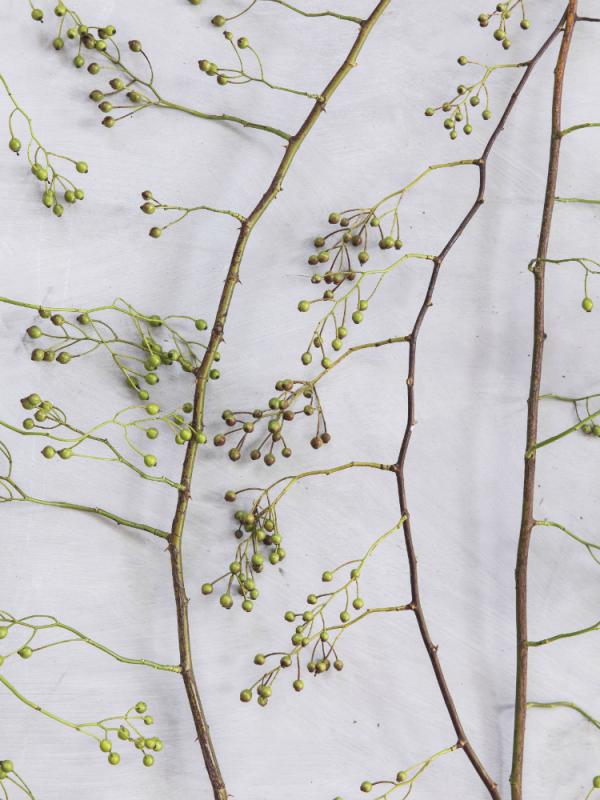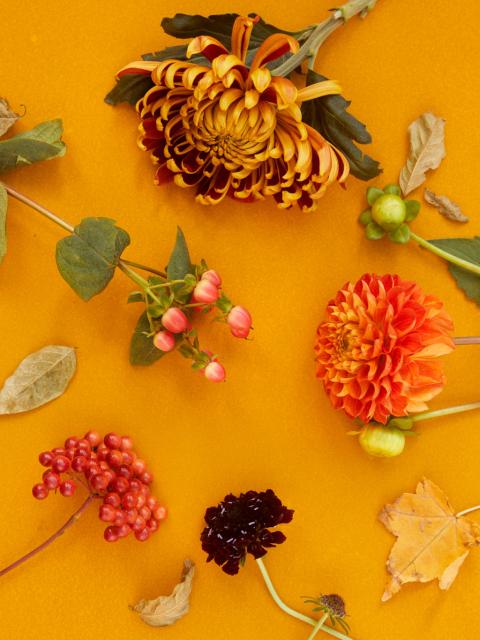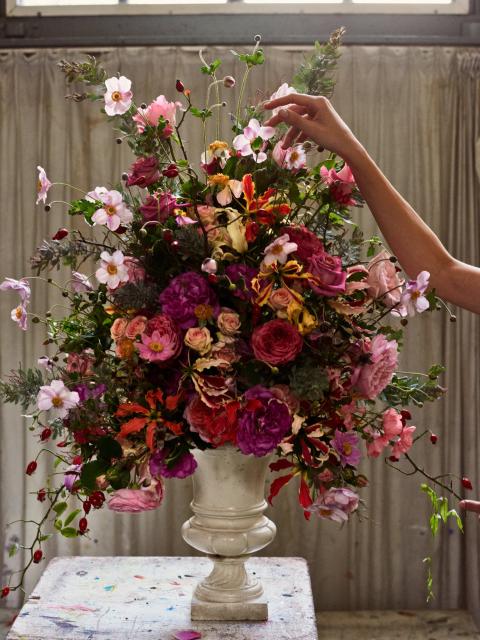Colours and shapes
There are elongated, round and bottle-shaped rosehips. The colour of the fruit depends on the type of rose. You have the choice of red, black, purple or orange. They’re rugged and have a crown at the bottom. They’re filled with orange flesh and seeds, and carry you into autumn.
Symbolism
The rosehip is part of the rose, so the meaning should have something to do with love. Which it does. But it symbolises waiting for your true love. So it’s perfect for hip singletons.
Origin
The seeds of the rosehip were being eaten over 2000 years ago. How do we know that? A corpse who died more than two millennia ago was dug up in England with rosehips seeds in his long-decomposed stomach. Obviously the rose itself occurs in many old tales. The ancient Persians first cultivated this beautiful flower. The Romans soon used the rosehips for their medicinal properties.










